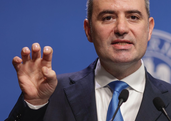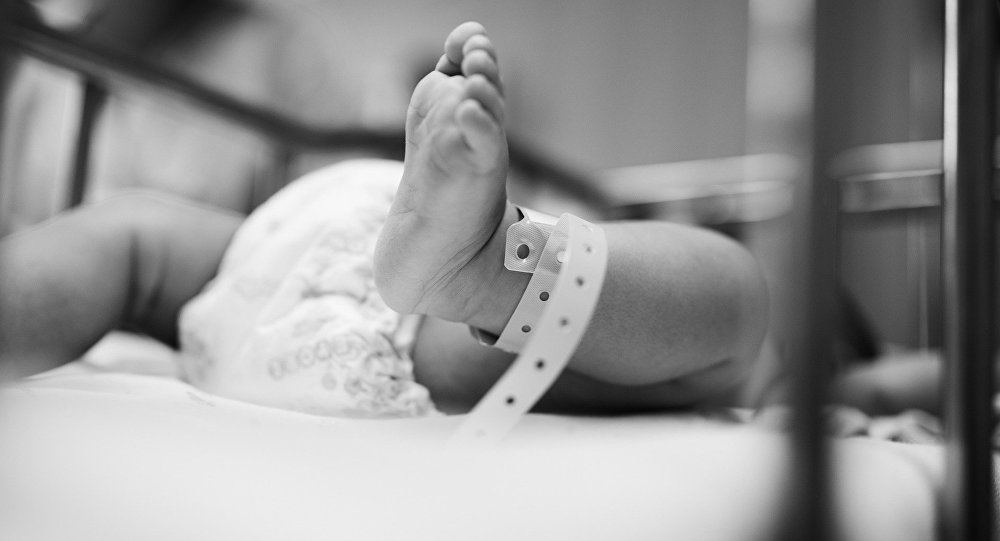Per capita annual net income increased in Romania by 18pct in 2018, to 5,083 euros, from 4,556 euros in 2017 and 4,181 euros in 2016, with Bucharest and the countries of Cluj, Timis and Ilfov being the poles of national growth, show findings of a recent study released on Wednesday by GfK Romania.
At the opposite end of the per capita net income and, implicitly, with the lowest purchasing power, are the counties of Botosani, Vaslui, Calarasi and Giurgiu. The ranking also includes the counties of Suceava, Neamt, Vrancea, Buzau, Ialomita, Teleorman, Olt and Mehedinti. At the same time, the group of counties with a purchasing power below the national average is rounded up by Satu-Mare, Maramures, Bistrita-Nasaud, Harghita, Covasna, Bacau, Iasi, Braila, Tulcea, Valcea, Dolj, Caras-Severin, Gorj, Salaj and Mures.
On the other hand, the counties close to the national average in terms of purchasing power are those that include cities in the development competition, such as: Prahova, Arges, Constanta, Alba and Arad.
As for the counties with an above average purchasing power, their group starts with Brasov and Sibiu, where a new industrial area of Romania drawing in massive investment is shaping up.
Romania's usual poles of economic development continue to be Bucharest City, followed by the counties of Cluj, Timis and Ilfov. In the capital city, the purchasing power is at least 20pct above the national average.
Purchasing power is a measure of the nominal net income available to the population, including government subsidies such as unemployment assistance, child benefit and pension contributions.
The purchasing power figures released by GfK for were stated in euros based on the 2018 average exchange rates for the national currencies in question (as reported by the European Commission).
Romanians' purchasing power up 18pct in 2018; Bucharest exceeds nationanl average by 20pct
Explorează subiectul
Articole Similare

9
Bucharest Stock Exchange closes Monday trading session higher across most indices
9

10
Romania enters 2026 with better-balanced public finances, solid foundation for responsible budget (FinMin)
10

11
CultMin: Through proposed amendments to Copyright Law, artists can earn more
11

15
French Minister Delegate to the Minister of the Armed Forces to visit Cincu Training Centre, 30 to 31 December
15

9
Education Ministry,clarifications regarding elimination of 30,000 positions:Incomplete understanding of way teaching norms are established
9

22
Judges who boycotted CCR session complain that they were called to work on a non-working day
22

10
Implementation of PNRR projects, speeding up payment mechanisms, remain clear priority for Health minister
10

23
CCR boycott futile, PSD sabotages coalition from within, says Forta Dreptei Party's Orban
23

14
Former Justice Minister Ion says abuse by Constitutional Court judges is without precedent
14

11
JusMin has not received any request from CCR regarding reform of magistrates' pensions
11

14
BNR: Deposits of non-government resident customers up 1.5 percent in November 2025
14

13
Senate's Abrudean: Repeated postponements of CCR's decision on pensions reform cannot become a blocking strategy
13

13
Managers from industry and retail estimate moderate decrease in economic activity in coming months
13



















Comentează